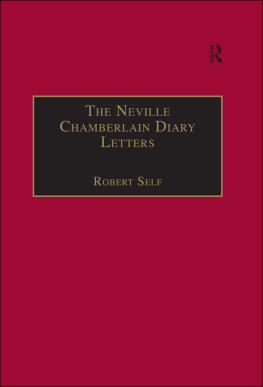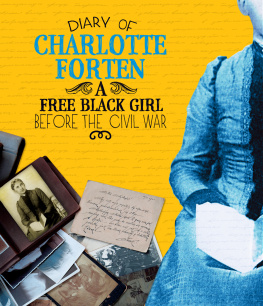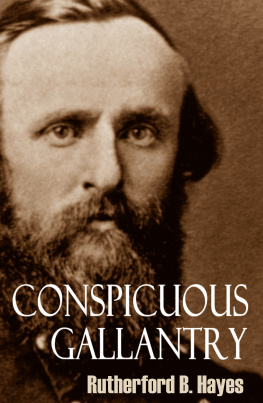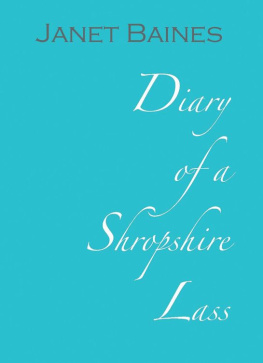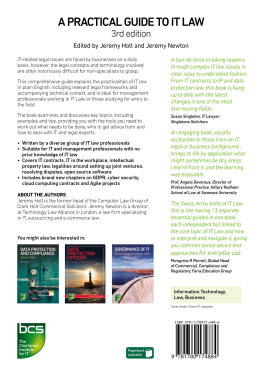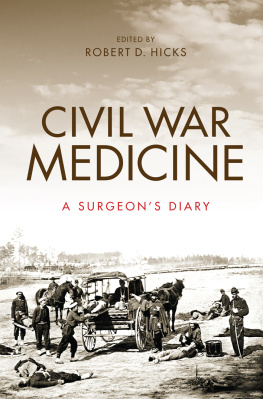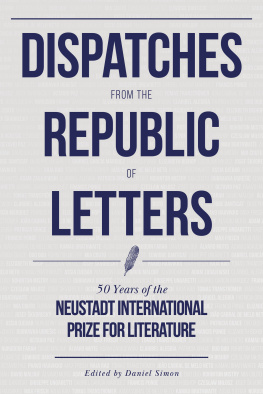A Surgeons Civil War
A Surgeons
The Letters and Diary of Daniel M. Holt, M.D.
Civil War
Edited by
James M. Greiner, Janet L. Coryell,
&
James R. Smither
The Kent State University Press
KENT, OHIO, AND LONDON, ENGLAND
1994 by The Kent State University Press,
Kent, Ohio 44242
ALL RIGHTS RESERVED
Library of Congress Catalog Card Number 93-34196
ISBN 0-87338-494-6
ISBN 0-87338-538-1 (pbk.)
Manufactured in the United States of America
Second printing and first paperback issue, 1995
Library of Congress Cataloging-in-Publication Data
Holt, Daniel M., ca. 18191868.
A surgeons Civil War : the letters and diary of Daniel M. Holt, M.D./ edited by James M. Greiner, Janet L. Coryell, and James R. Smither.
p. cm.
Includes bibliographical references and index.
ISBN 0-87338-494-6 (cloth : alk. paper)
ISBN 0-87338-538-1 (pbk : alk.)
1. Holt, Daniel M., ca. 18191868. 2. United StatesHistoryCivil War, 18611865Medical care. 3. New York (State)HistoryCivil War, 18611865Medical care. 4. United States. Army. New York Infantry Regiment, 121st (18611865) 5 United StatesHistoryCivil War, 18611865Regimental histories. 6. New York (State)HistoryCivil War, 18611865Regimental histories. 7. PhysiciansNew York (State)Correspondence. 8. PhysiciansNew York (State)Diaries.
I. Greiner, James M., 1954. II. Coryell, Janet L., 1955.
III. Smither, James R. IV. Title.
| E621.H76 1994 | 93-34196 |
| 973-775dc2o | CIP |
British Library Cataloging-in-Publication data are available.
This work is dedicated from the following people
to the following people:
From Greiner & Coryell
to
Donald H. Stewart & Ellis A. Johnson
our teachers
From Coryell & Smither
to
David & Pat, Louise & Bob
our parents
From Daniel Morse Holt, M.D.
to my children
&
to the memory of
President Abraham Lincoln
Contents
T he editors wish to acknowledge aid and sustenance from the following institutions and individuals: the Herkimer County Historical Society, through whose generosity the editors obtained access to the Holt letterbook and diary, which is printed here by their permission, with thanks particularly to Executive Director Jane Spellman, President Henry Blumberg, and Curators Mary Manion and Susan Perkins; the late Linus Ford and the Newport Lodge No. 455 Free and Accepted Masons for access to Holts sword and sash; Robert K. Krick of the Fredericksburg and Spotsylvania National Military Parks; Susan L. Conklin, Genesee County historian in Batavia, New York, for her assistance with the Emory Upton Papers; the library staffs at Herkimer, Little Falls, and the New York State Historical Association at Cooperstown, and especially Patricia M. Di Tata, librarian at West Canada Valley Central Schools; the University of Dayton for providing clerical and computer support, particularly in the person of Amy Young; Auburn University History Department and Humanities Council for clerical, computer, and research grant support; Susan Fraysur at Auburn University for unsurpassed attention to detail in manuscript preparation; William Safire, Jeffrey McQuain, and Ann Rubin of the New York Times for aid in word and deed; Dr. Charles Thomas of Auburn, Alabama, for medical consultation; preliminary readers William C. Davis, John Coski, and John Hemphill for their comments and support of the project early on; Grand Valley State University for computer and clerical support; the Burnham-MacMillan Endowment Fund and the History Department at Western Michigan University for grant funds and computer and clerical support; Patrick L. Kirk for his advice and support; and Teresa Greiner, who gave up her living room for several summers to stacks of old books, loose papers, and the sounds of a typewriter.
I n the summer of 1862, in the quiet green valley of the Mohawk River in upstate New York, the Civil War seemed very far away. It was little over a year old, and the Union was losing. George McClellan, the general upon whom all had pinned their hopes of victory the year before, had withdrawn the massive forces assembled before Richmond. John Pope, his heir apparent, was soon to lose a second battle at Bull Run. Many thought the end was only a few months away. The North would surely let the Southern states secede from the Federal Union, pack up their tents and arms, and return to their homes.
But the war was not going to end. For Daniel Morse Holt, M.D., it was just beginning. A physician since 1853, he volunteered his services, he wrote, to do my duty in the field. He was commissioned an assistant surgeon with the 121st New York on August 27, 1862, and set off for his first duty at Fort Lincoln, outside Washington.1
Holt was born in Herkimer, New York, the son and tenth child of printer David and Elizabeth Holt. His father became a judge in 1817 and served until 1825, when he left politics and returned to printing. He eventually moved to Madison, Wisconsin. Daniel Holt stayed in Herkimer and married Euphrasia Parkhurst in 1841, then joined his family in Madison the next year. He later left Madison for medical school in Cincinnati, where he graduated in the class of 1853. That same year both his father and Euphrasia died, only eight months apart. Two years later, Holt returned to the Mohawk Valley, this time taking up residence in Newport, a small village situated on the banks of the West Canada Creek.2
In 1856, Holt met and married Mary Louisa Willard, daughter of Col. Charles Willard, a distinguished veteran of the War of 1812 and one of the wealthiest men in Newport. He and Mary Louisa raised five children: Gertrude, David, and George Holt from his first marriage, and Willard and Isabel from his second. Another son, Edward Everett, died in infancy, as did a daughter, Anna.3
Holts medical practice was fairly successful. Since 1856, he had worked for the Herkimer County Poorhouse as their resident physician, and in 1860 he was admitted to the countys medical society. With five children at home, the youngest only a few months old, Holt was not eager to leave when the war broke out. Herkimer County responded quickly and organized the 34th New York Volunteer Regiment in June 1861; Holt, however, did not volunteer. By the summer of 1862, another regiment was being formed in Herkimer and Otsego countiesthe 121st New York Volunteers. Holt answered the call this time and traveled to Albany for examination before the State Medical Board in July. He was commissioned assistant surgeon and, at age forty-three, was the oldest member of the staff.4 His experience would stand him in good stead. Daniel Holt was about to take his place in a regiment that would see action in nearly all the major campaigns in the eastern theater of the war.
For a country doctor from a small town, used to the simple medical problems of country folk, entering into the world of military medicine was a jolt. When the American Civil War began, the Medical Bureau of the United States Army consisted of an elderly and parsimonious surgeon general, fewer than one hundred surgeons and assistant surgeons, and a budget of $115,000. In no wise was the medical branch of the service prepared for the war that would comea characteristic shared by most institutions and individuals in April 1861. Following the carnage and disorder of the first major battle at Manassas, Virginia, in July, it was clear that the Army Medical Department would need major reforms in order to fulfill its duties. A competent and energetic surgeon general was required, along with a vastly increased medical staff and a massive budget. Also needed were hospitals, ambulances, and a triage system, a method of supply requisition more responsive to immediate needs, and a sanitary commission capable of enforcing camp hygiene directives.5




